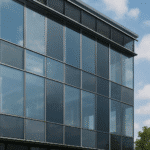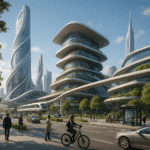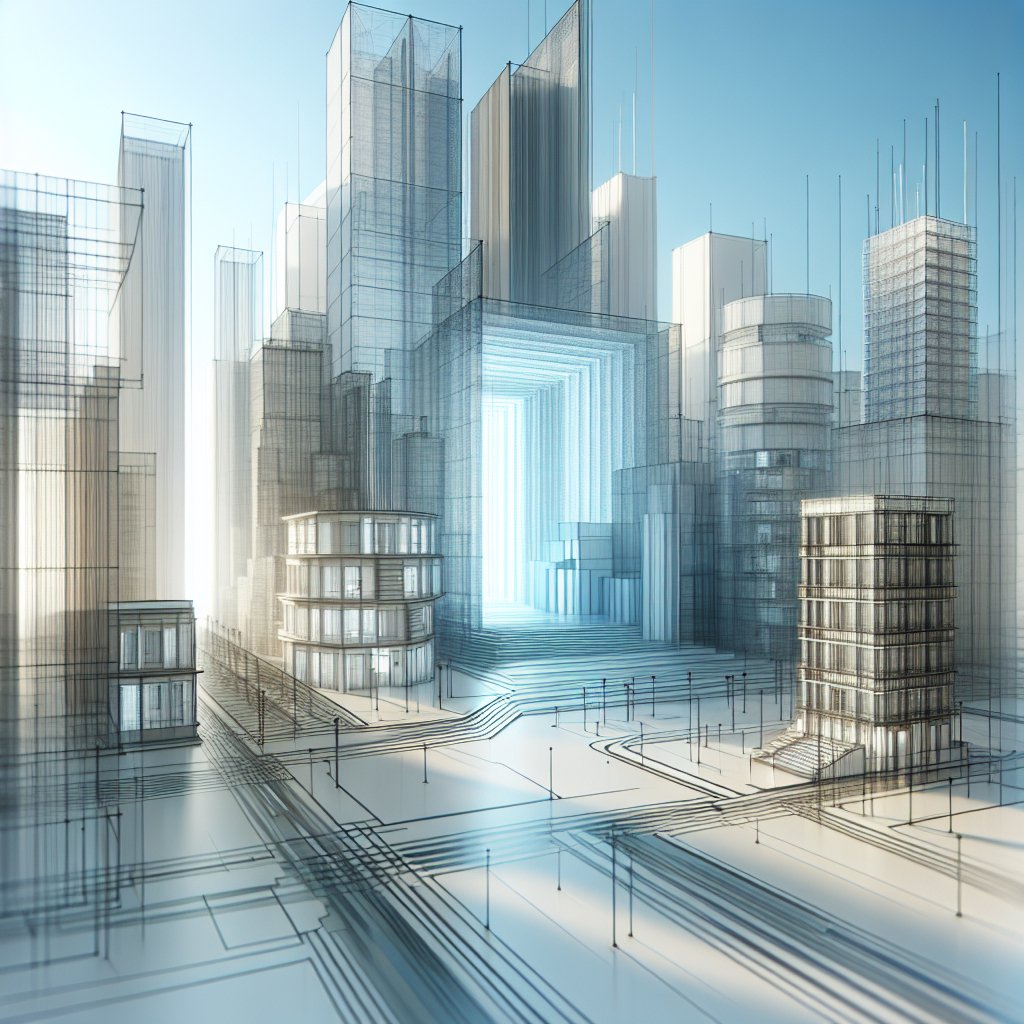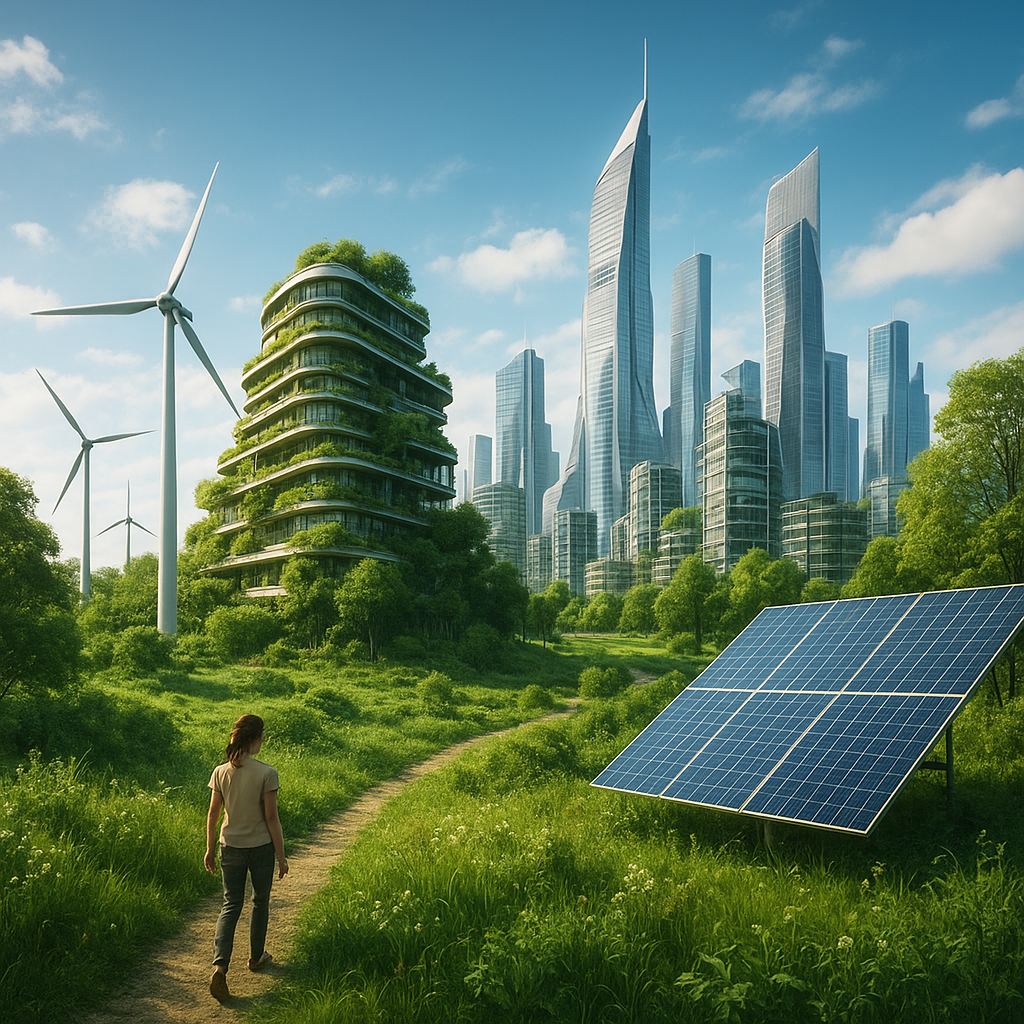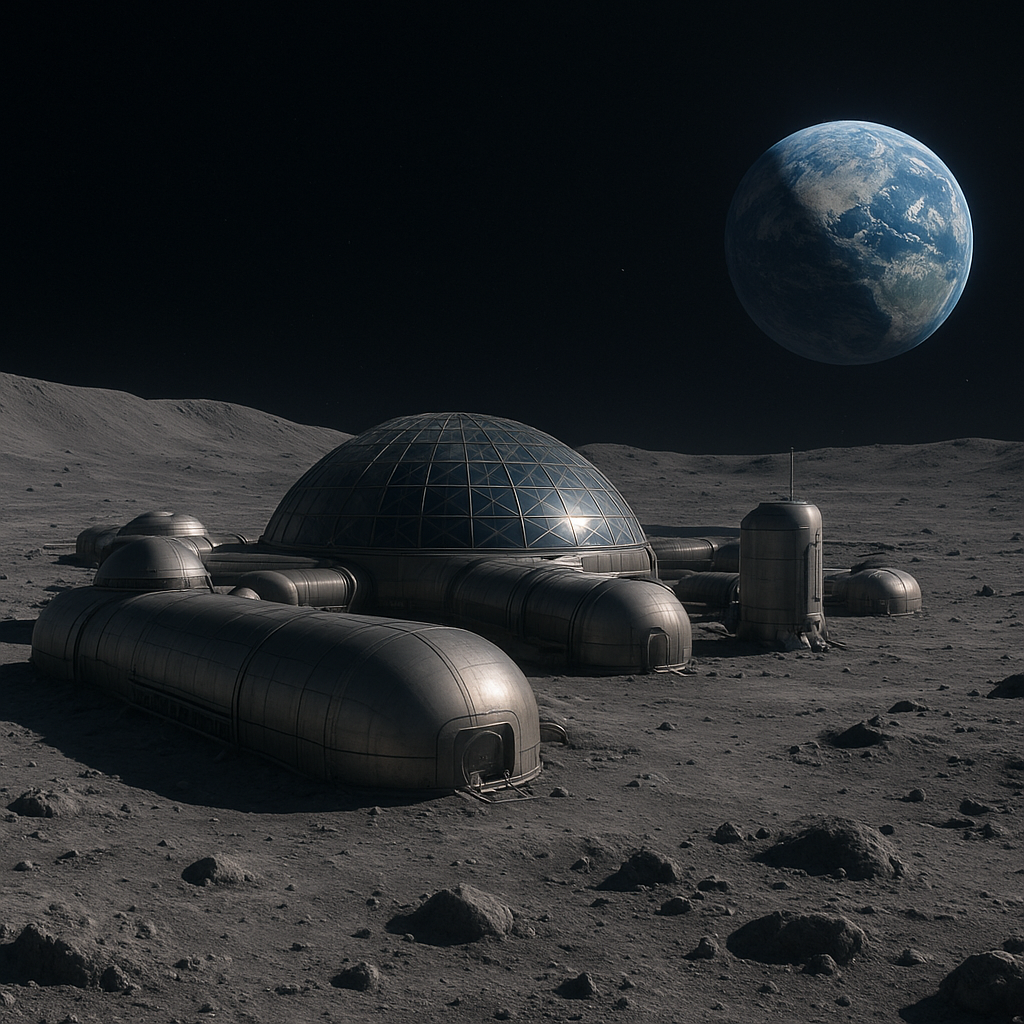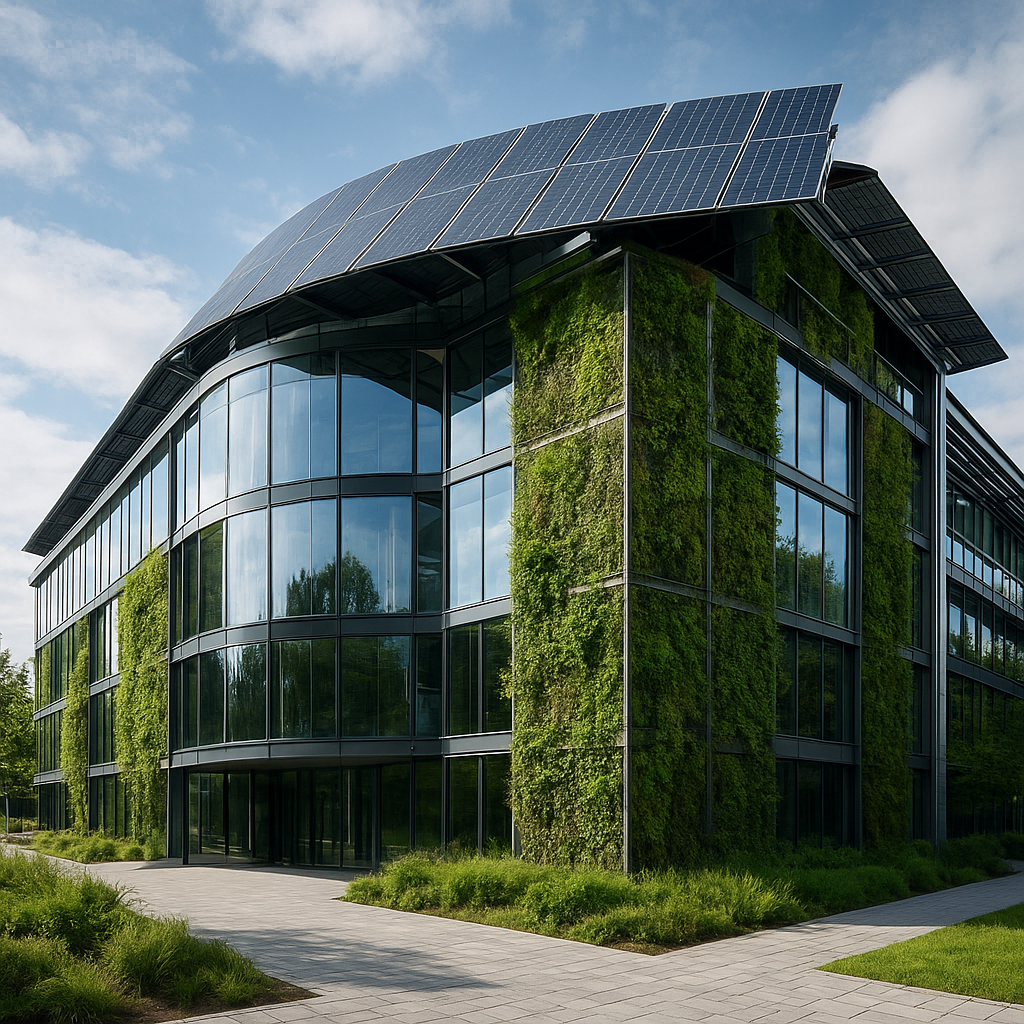In the ever-evolving world of architecture, the integration of virtual reality (VR) technology is revolutionizing the way architects conceptualize, design, and present their projects. This article delves into the transformative impact of VR on architectural design, exploring how it bridges the gap between imagination and reality, and enhances the creative process.
The Role of Virtual Reality in Conceptual Design
Virtual reality has emerged as a powerful tool in the initial stages of architectural design, offering architects a new dimension of creativity and exploration. Traditionally, architects relied on sketches, blueprints, and physical models to convey their ideas. While these methods have their merits, they often fall short in providing a comprehensive understanding of spatial relationships and the overall feel of a design. VR, on the other hand, allows architects to immerse themselves and their clients in a fully realized digital environment, offering a more intuitive grasp of the project.
One of the most significant advantages of VR in conceptual design is its ability to facilitate rapid prototyping. Architects can quickly create and modify virtual models, experimenting with different design elements and configurations without the constraints of physical materials. This flexibility not only accelerates the design process but also encourages innovation, as architects can explore unconventional ideas with minimal risk.
Moreover, VR enables architects to simulate real-world conditions, such as lighting, acoustics, and environmental factors, at the conceptual stage. This capability allows for more informed decision-making, ensuring that the final design is not only aesthetically pleasing but also functional and sustainable. By visualizing how a building will interact with its surroundings, architects can optimize their designs for energy efficiency and environmental impact.
Enhancing Collaboration and Communication
Collaboration is a cornerstone of successful architectural projects, and VR is transforming how architects, clients, and stakeholders communicate and collaborate. In traditional design processes, conveying complex architectural concepts to non-experts can be challenging. VR bridges this communication gap by providing an immersive experience that is accessible to everyone, regardless of their technical expertise.
Clients can virtually walk through a building before it is constructed, gaining a clear understanding of the design and its implications. This immersive experience fosters a deeper connection to the project, allowing clients to provide more informed feedback and make decisions with confidence. As a result, architects can address concerns and make adjustments early in the design process, reducing the likelihood of costly changes during construction.
Furthermore, VR facilitates collaboration among multidisciplinary teams, including architects, engineers, and contractors. By visualizing the project in a shared virtual space, team members can identify potential issues and conflicts, such as structural challenges or spatial constraints, before they become problematic. This collaborative approach not only streamlines the design process but also enhances the overall quality and feasibility of the project.
From Virtual to Reality: Bridging the Gap
As VR technology continues to advance, the line between virtual and physical reality is becoming increasingly blurred. Architects are leveraging VR not only to design buildings but also to simulate construction processes and visualize the final outcome. This capability is particularly valuable in complex projects, where precision and accuracy are paramount.
By simulating construction sequences in a virtual environment, architects and contractors can identify potential challenges and optimize workflows. This proactive approach minimizes the risk of errors and delays, ensuring that the project is completed on time and within budget. Additionally, VR can be used to train construction workers, providing them with a realistic understanding of the project and their specific tasks.
Once the design is finalized, VR continues to play a crucial role in the transition from virtual to physical reality. Architects can use VR to create detailed construction documents and visualizations, ensuring that every aspect of the design is accurately translated into the built environment. This level of precision is particularly important in projects with intricate details or unconventional designs, where even minor deviations can have significant consequences.
The Future of Architectural Design with Virtual Reality
The integration of VR in architectural design is still in its early stages, but its potential is vast. As technology continues to evolve, architects will have access to even more sophisticated tools and capabilities, further enhancing their ability to create innovative and sustainable designs. The future of architectural design with VR promises to be one of increased creativity, efficiency, and collaboration.
One area of potential growth is the use of VR in urban planning and development. By simulating entire neighborhoods or cities, architects and planners can assess the impact of new developments on existing infrastructure and communities. This holistic approach ensures that urban growth is sustainable and harmonious, addressing the needs of both current and future residents.
Additionally, advancements in VR technology, such as haptic feedback and real-time rendering, will provide architects with an even more immersive and realistic design experience. These innovations will enable architects to explore the tactile qualities of materials and the dynamic interplay of light and shadow, further enhancing their creative process.
In conclusion, virtual reality is reshaping the landscape of architectural design, offering architects unprecedented opportunities to explore, collaborate, and innovate. As the technology continues to evolve, it will undoubtedly play an increasingly integral role in the creation of the built environment, transforming the way we conceive and experience architecture.




